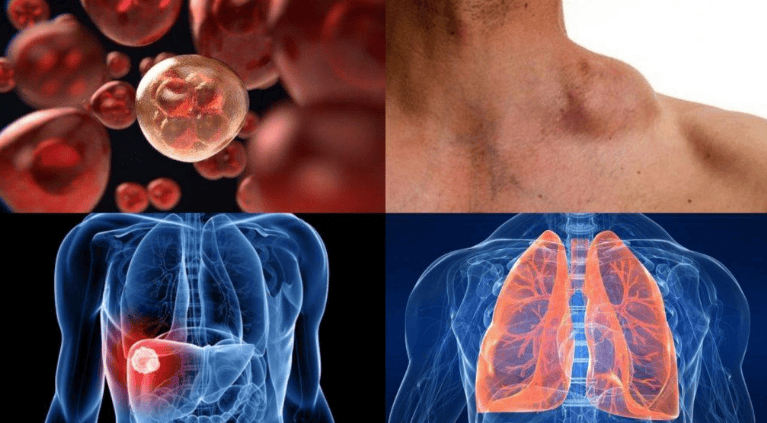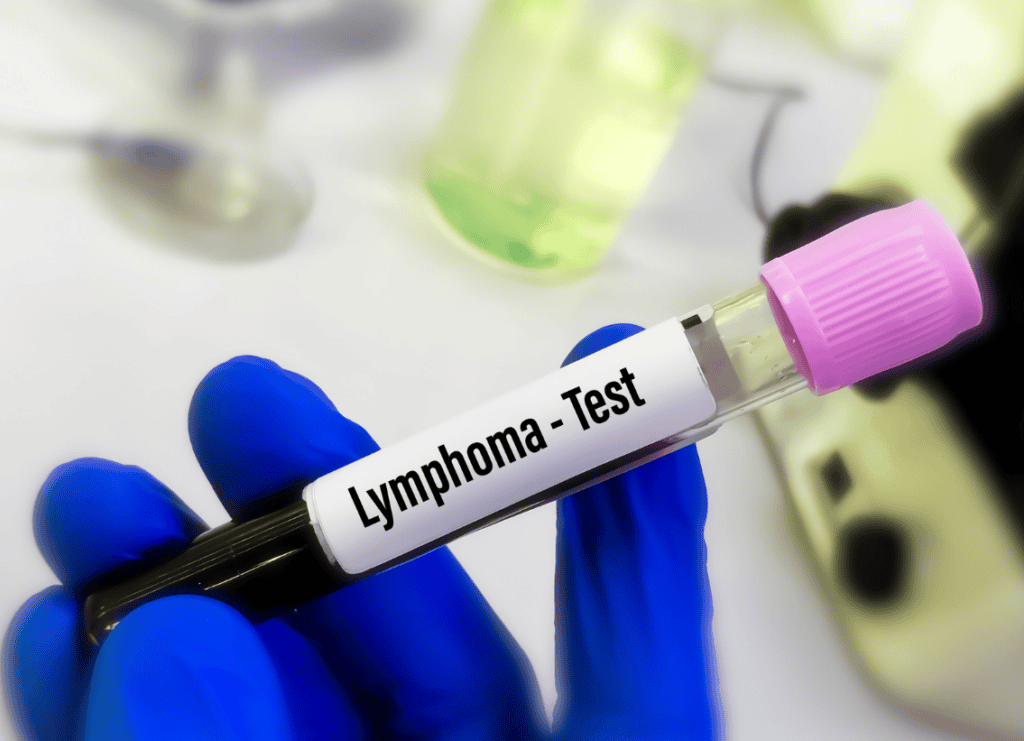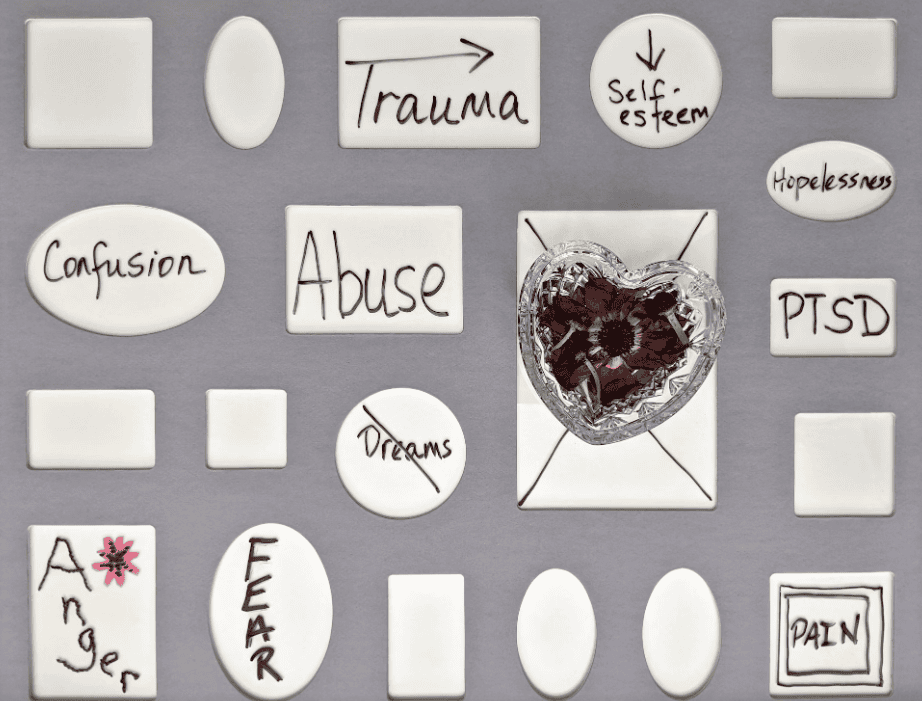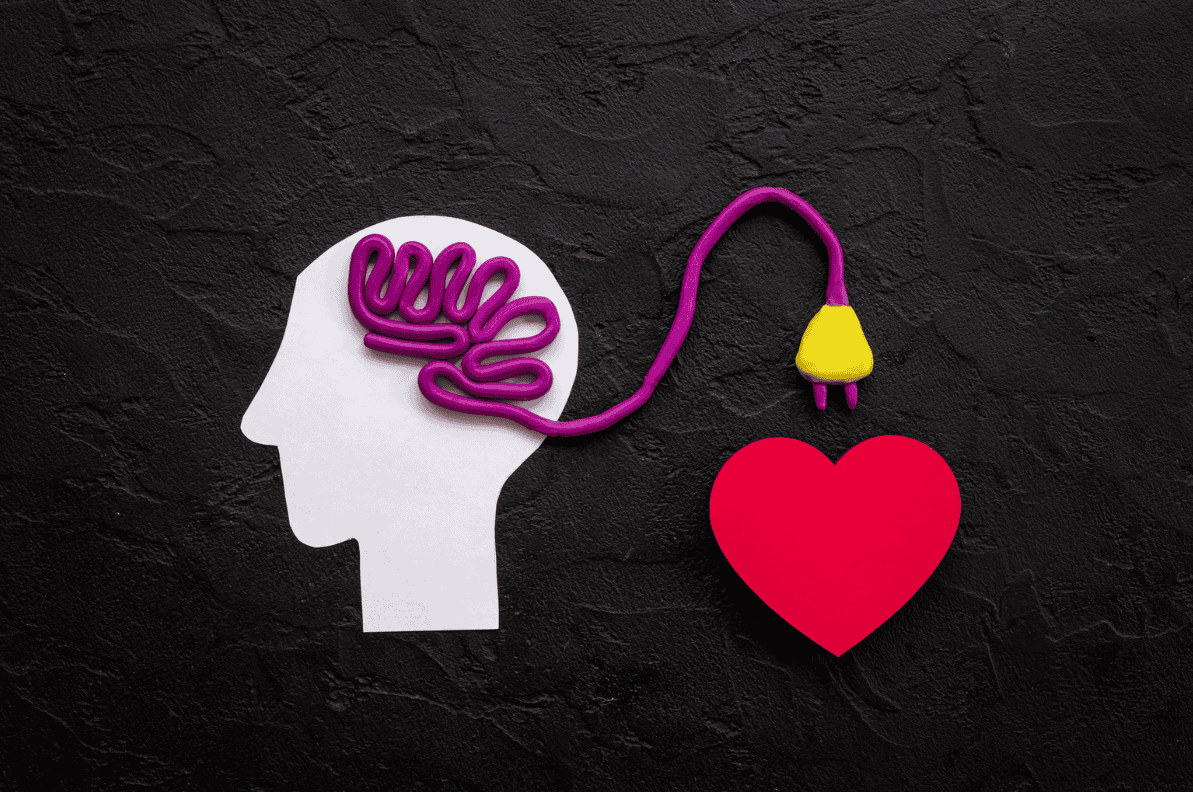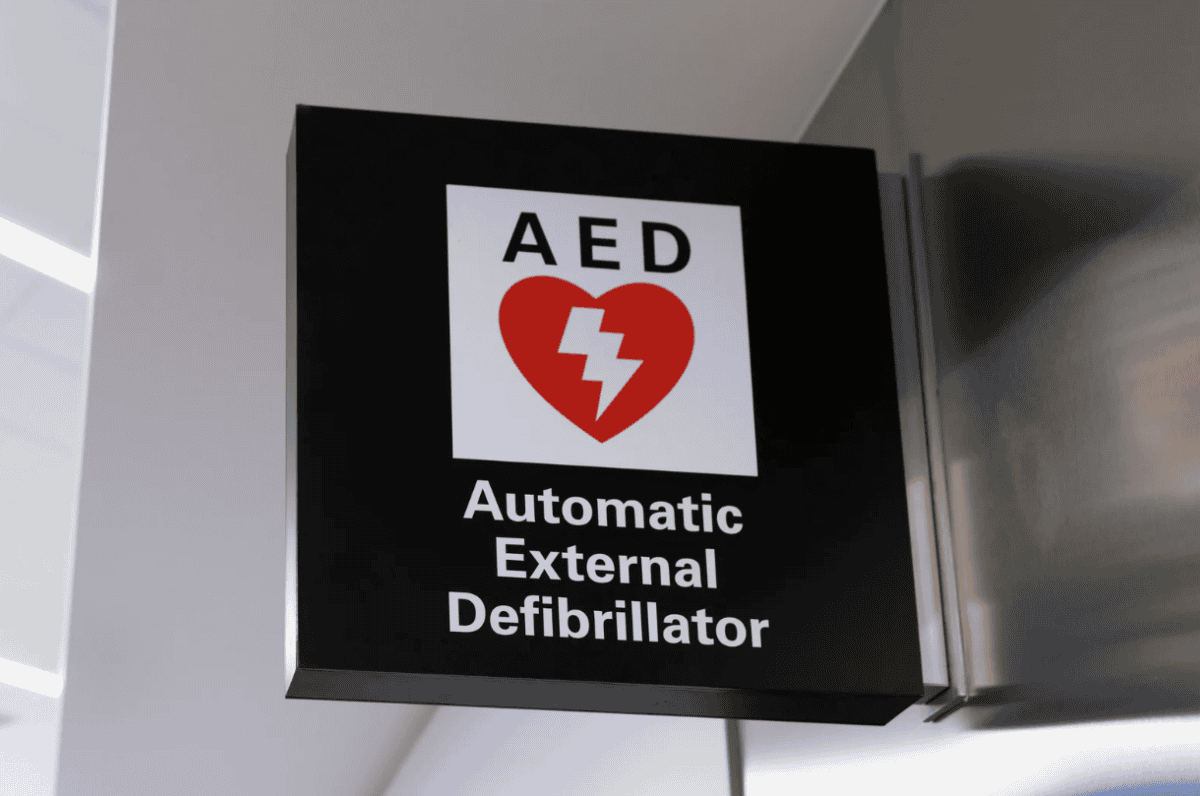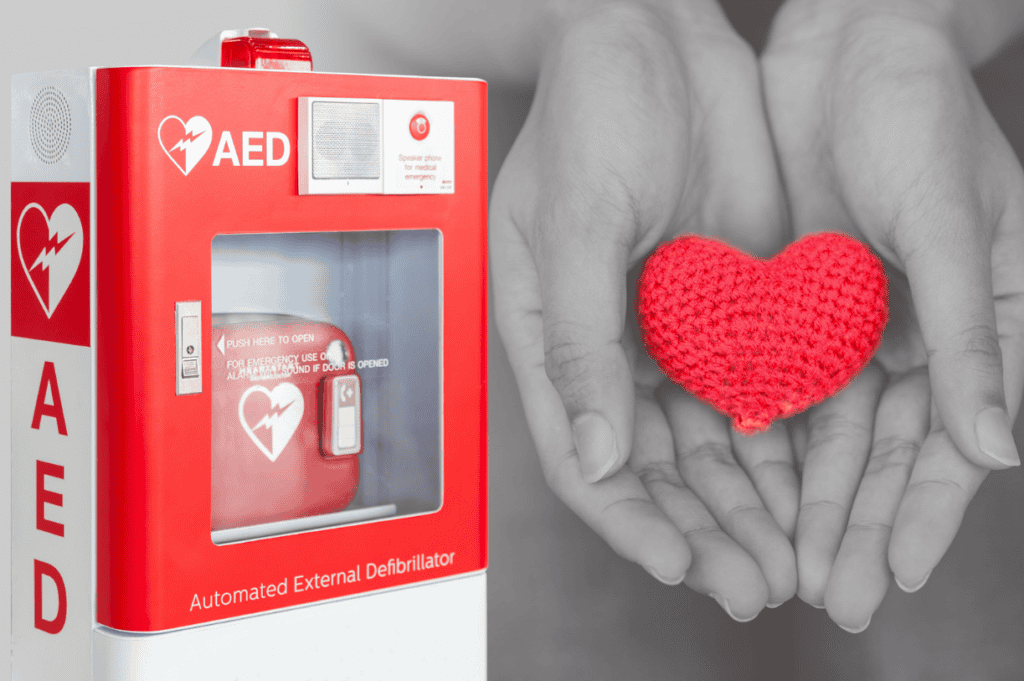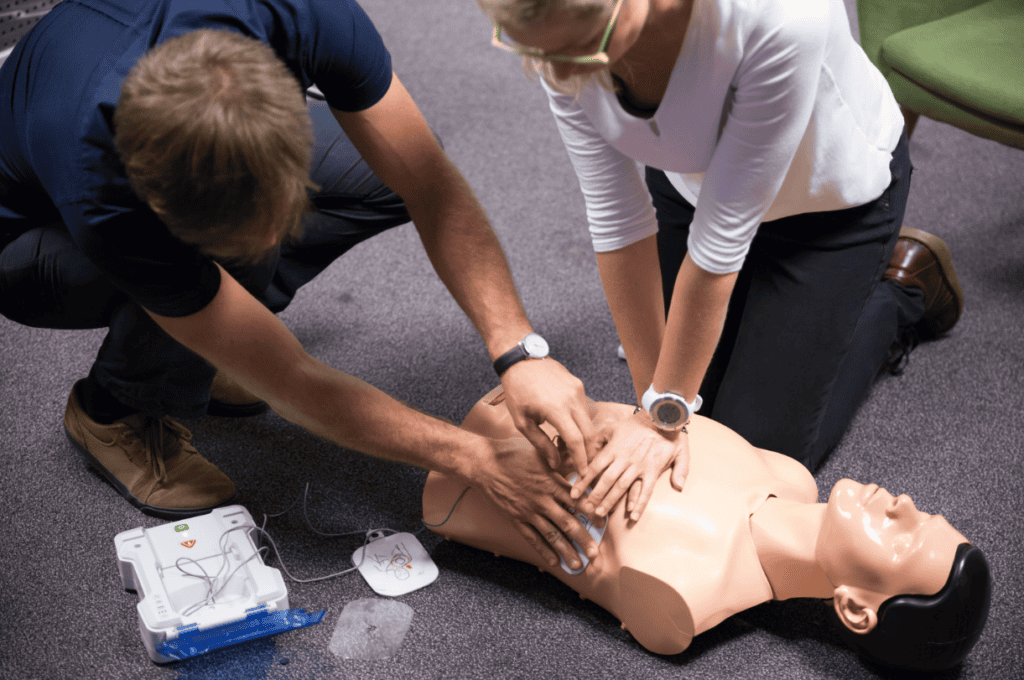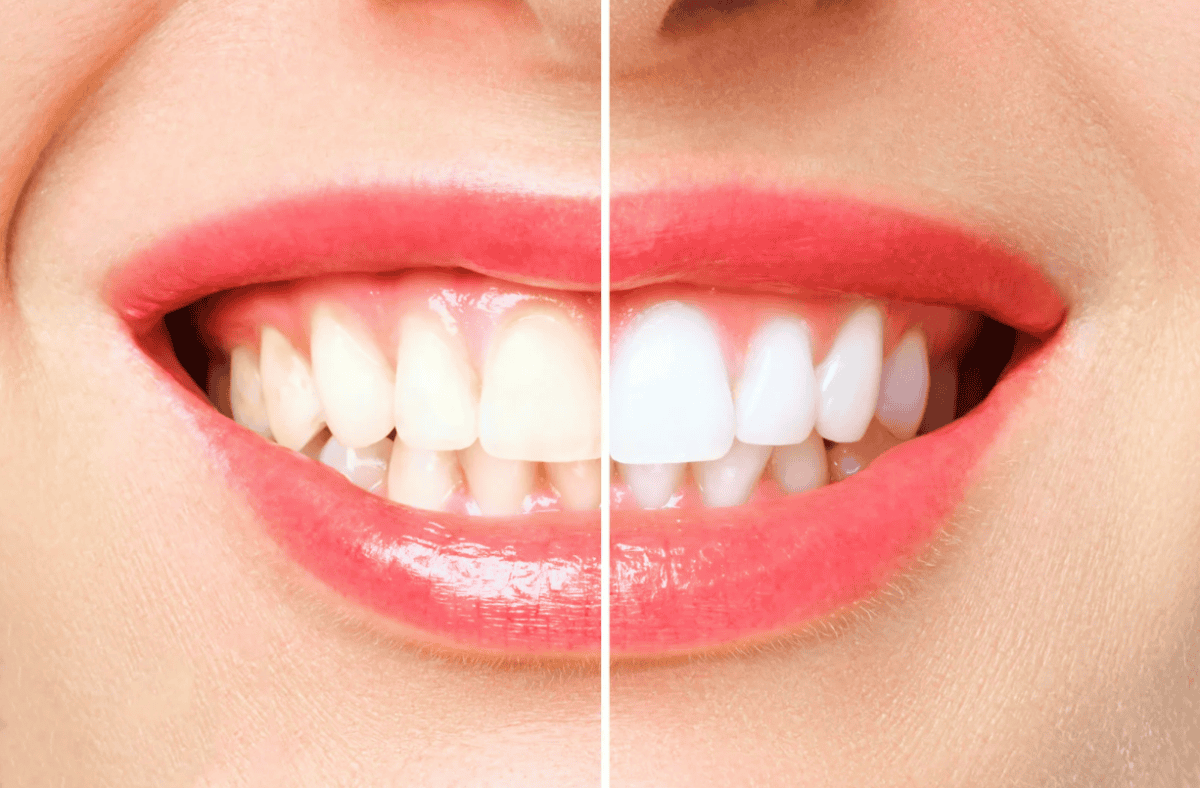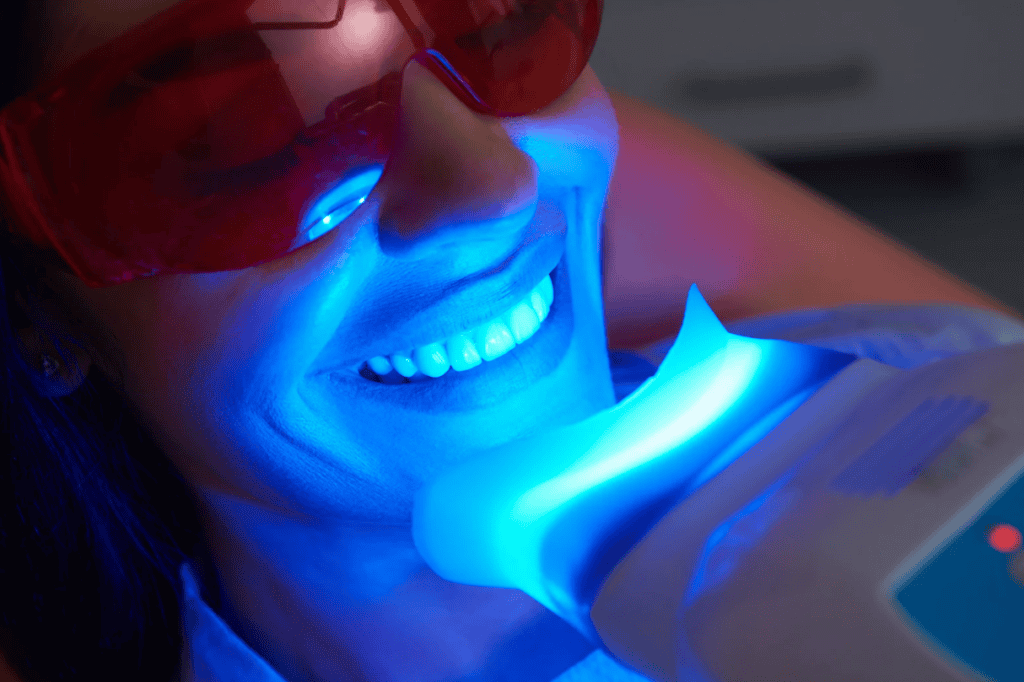Headaches are a common ailment that affects millions of people worldwide. While many headaches are attributed to physical factors such as tension, dehydration, or underlying medical conditions, there is a growing body of evidence suggesting that psychological factors can also play a significant role. Understanding the link between psychological issues and headaches can be crucial in managing and alleviating these painful episodes.
In this article, we will explore how stress, anxiety, depression, and other psychological factors can contribute to headaches, and what strategies can be employed to mitigate their impact.
The Connection Between Stress and Headaches
Stress is one of the most prevalent psychological factors associated with headaches. When a person is under stress, the body undergoes various physiological changes, such as increased muscle tension, elevated blood pressure, and the release of stress hormones like cortisol. These changes can trigger tension headaches, which are characterized by a dull, aching sensation around the head and neck.
Chronic stress can also lead to more severe headaches, such as migraines. Migraines are often accompanied by symptoms like nausea, sensitivity to light and sound, and visual disturbances. The exact mechanism by which stress triggers migraines is not fully understood, but it is believed that stress can cause imbalances in neurotransmitters and disrupt normal brain function, leading to the onset of a migraine.

Anxiety and Its Impact on Headaches
Anxiety is another psychological factor that can contribute to the development of headaches. People with anxiety disorders often experience excessive worry and fear, which can lead to physical symptoms, including headaches. Anxiety-induced headaches can present as tension headaches or migraines, and they often occur in response to anxiety-provoking situations.
The physiological response to anxiety includes the activation of the sympathetic nervous system, which increases heart rate, muscle tension, and the release of stress hormones. These physiological changes can lead to the onset of a headache. Moreover, individuals with anxiety may also engage in behaviors that exacerbate headaches, such as poor posture, teeth grinding, and excessive caffeine consumption.
Depression and Headaches: A Complex Relationship
Depression is a mental health condition that is closely linked to headaches. Individuals with depression are more likely to experience chronic headaches, including tension headaches and migraines. The relationship between depression and headaches is bidirectional, meaning that depression can cause headaches, and chronic headaches can lead to depression.
Depression can cause headaches through several mechanisms. One possible explanation is that depression leads to changes in brain chemistry, including alterations in serotonin and other neurotransmitters, which can trigger headaches. Additionally, people with depression often experience disrupted sleep patterns, fatigue, and reduced physical activity, all of which can contribute to the development of headaches.
Understanding Cluster Headaches and Psychological Triggers
Cluster headaches are a type of headache that is characterized by severe, recurring pain on one side of the head, often around the eye. While the exact cause of cluster headaches is not well understood, there is evidence to suggest that psychological factors, such as stress and anxiety, can trigger or exacerbate these headaches.
People with cluster headaches may experience intense, debilitating pain that can last for weeks or months, followed by periods of remission. The pain is often described as burning or piercing and can be accompanied by symptoms like nasal congestion, tearing, and redness of the eye. Due to the severity of the pain, individuals with cluster headaches may also experience anxiety and depression, which can further complicate the condition.
Effective management of cluster headaches requires a comprehensive approach that addresses both the physical and psychological aspects of the condition. Treatment options, such as the use of medications to prevent and relieve pain, are essential. For those seeking additional help, exploring specialized treatments like cluster headache treatment can provide relief. This specialized treatment focuses on identifying and addressing the unique triggers and symptoms associated with cluster headaches, providing a more targeted approach to managing this debilitating condition.
The Role of Trauma and PTSD in Headaches
Traumatic experiences and post-traumatic stress disorder (PTSD) can have a profound impact on an individual’s physical and mental health, including the occurrence of headaches. People who have experienced trauma, such as physical or emotional abuse, accidents, or military combat, are at a higher risk of developing chronic headaches.
PTSD, a condition that can develop after exposure to traumatic events, is associated with symptoms like flashbacks, nightmares, and severe anxiety. These symptoms can trigger headaches through the body’s stress response system. Additionally, individuals with PTSD may experience heightened sensitivity to pain, making them more susceptible to headaches.
Treatment for headaches related to trauma and PTSD should involve a comprehensive approach that addresses both the psychological and physical aspects of the condition. Trauma-focused therapies, such as Eye Movement Desensitization and Reprocessing (EMDR) and trauma-focused CBT, can help individuals process traumatic memories and reduce symptoms. Pain management techniques and medications may also be necessary to alleviate headache symptoms.

The Impact of Lifestyle Factors on Psychological Headaches
Lifestyle factors, such as diet, sleep, and exercise, can significantly influence the relationship between psychological factors and headaches. Poor lifestyle choices can exacerbate the effects of stress, anxiety, and depression, leading to more frequent and severe headaches.
For example, a diet high in processed foods, caffeine, and sugar can contribute to headaches by causing fluctuations in blood sugar levels and increasing inflammation in the body. Inadequate sleep can also trigger headaches, as it disrupts the body’s natural rhythms and impairs cognitive function. Lack of physical activity can lead to muscle tension and poor circulation, both of which can contribute to headache development.
To reduce the impact of lifestyle factors on headaches, it is important to adopt a healthy and balanced lifestyle. This includes eating a nutritious diet, getting regular exercise, maintaining a consistent sleep schedule, and staying hydrated. Making these changes can help mitigate the effects of psychological factors on headaches and improve overall well-being.
Psychological factors can play a significant role in the development and persistence of headaches. Stress, anxiety, depression, trauma, and lifestyle factors all contribute to the complex relationship between psychological health and headaches. Understanding these connections is crucial for effective management and treatment.
By addressing both the psychological and physical aspects of headaches, individuals can find relief and improve their overall quality of life. Seeking professional help, adopting healthy lifestyle practices, and developing effective coping strategies are essential steps in managing headaches related to psychological factors.




